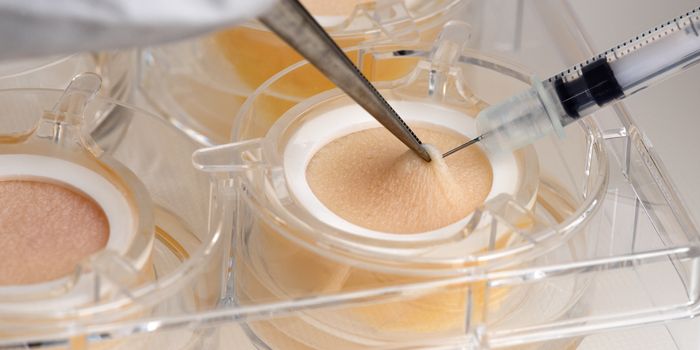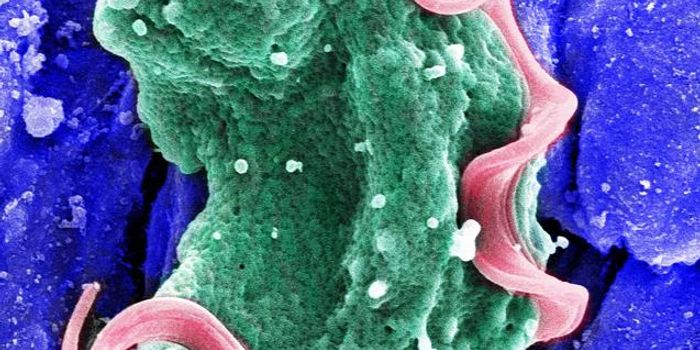The "Normal" Body Temperature Has Decreased
Did you know that the standard human body temperature of 98.6 degrees Fahrenheit was established in 1868? A few modern studies have called this figure into question, regarding it as too high. Luckily, researchers at the Stanford University School of Medicine decided it was due time to reassess this figure. The results of their study were published earlier this month in eLife and confirm that the average human body temperature has, in fact, declined by 1.6% since 1871.
This exploration was led by Julie Parsonnet, MD—a professor of medicine and health and research policy. In an article from the Stanford Medicine News Center, Parsonnet states, “Our temperature’s not what people think it is. What everybody grew up learning, which is that our normal temperature is 98.6, is wrong.”
To assess body temperature trends, Parsonnet and the research team used datasets covering three distinct historical periods: Union Army Veterans of the Civil War (1860-1940), a US National Health and Nutrition Examination Survey (1971-1975), and the Stanford Translational Researched Integrated Database Environment (2007-2017). According to the study, these datasets amounted to 677,423 human body temperature measurements covering 157 years.
The article from the Stanford Medicine News Center states that the results of the study show that the body temperature of men born in the early to mid-1990s is an average of 1.06 degrees Fahrenheit than that of men born in the early 1800s. For women, the body temperature of those born in the same time period is an average of 0.58 degrees Fahrenheit lower than that of women born in the late 1800s. This equates to a body temperature decrease of 0.05 degrees Fahrenheit each decade.
Modern thermometer technology certainly gives a more accurate body temperature reading. However, scientists anticipated this bias. According to the study, to minimize this bias they, “examined changes in body temperature by birth decade within each cohort under the assumption that the method of thermometry would not be biased on birth year.”
So, what is responsible for the decline in average body temperature? Parsonnet told Time, “We have grown in height on average…we have gotten heavier. We have better nutrition, better medical care, and better public health.” She continues that air conditioning and heating make us more comfortable and our body does not have to work hard to stay warm. This improvement in our standard of living leads to a reduced metabolic rate and a decrease in inflammation. Parsonnet states, “Inflammation produces all sorts of proteins and cytokines that rev up your metabolism and raise your temperature.” Parsonnet concludes that humans are changing physiologically in accordance with the environment, and this temperature decrease represents one of those changes.
Sources: Stanford Medicine News Center, eLife, Time









